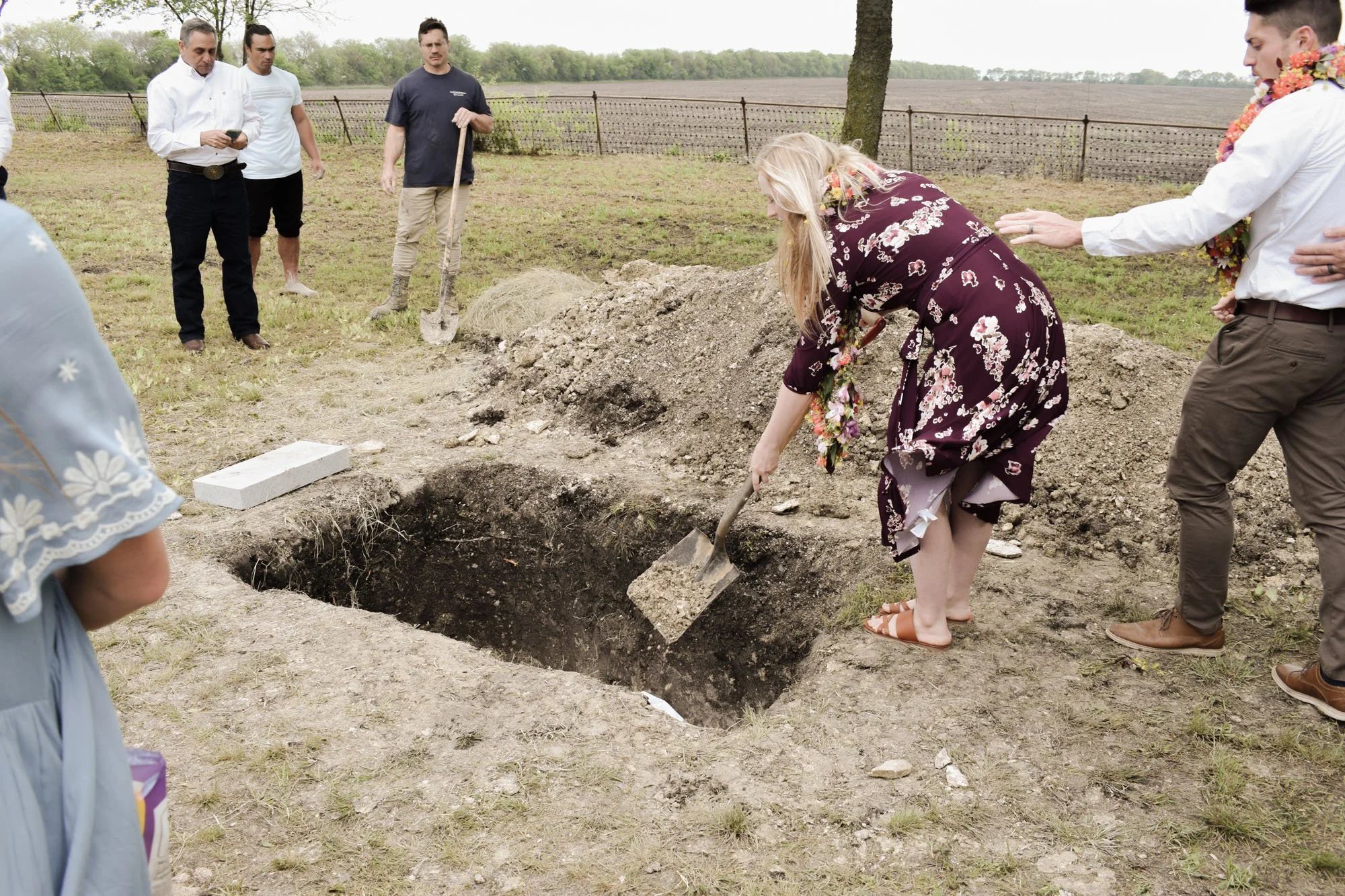Three Days of Grief
I’m grateful for the season in which Kalea died. Late March— the last bit of winter before spring.
It’s hard not to notice the symbolism— cold becomes warmth, bare branches blossom, birds sing, buds push their way up through the earth.
Easter just weeks away.
Mourning the passing of my own Kalea while simultaneously reflecting on the death of Christ has changed my perspective of Easter.
There is a song by a Kenneth Cope called “Day of Tears” (if you can get past its 90’s origins) about Christ’s crucifixion and resurrection.
There is a line from the song that squeezes my heart. The singer quotes Christ as saying “Weep not for me” and then asks “but how can we hold back these tears?”
I have asked the same question so many times in my grief—
If I know about the resurrection, how can I still grieve?
If I know that families are eternal, why doesn’t that knowledge take away the pain?
If I know “death has no sting” because of Christ, then why do I feel mortally stung?
These questions are why I love the Easter story so much. Because it is NOT just a story about the hope of resurrection, it is also a story about the reality of grief.
We can’t hold back these tears because they are the purest part of our humanity—the purest parts of our soul that literally weep liquid love— grief; as precious, vital, and life-giving as our blood.
There is a very human element of grief that we often try to sweep under the rug with our spirituality, our platitudes, and our textbooks beliefs that are devoid of feeling and lifeless until awakened by personal experience.
When loss struck those early disciples— despite walking with Christ, teaching with Christ, witnessing miracles, and hearing the Savior prophecy of His own crucifixion and resurrection— even they mourned and wept and did not believe that He had been resurrected.
I don’t think their unbelief had anything to do with a lack of faith. Each one of those disciples had proved faithful time and time again and would continue to do so until their own eventual martyrdoms. I think instead it had everything to do with the fact that they were human, grief is real, and they simply hadn’t experienced anything but death at this point.
If Christ had wanted to resurrect Himself the second His spirit left His body, He could have done it.
But He didn’t.
He left a space between death and resurrection for grief. Did you catch that? He left a space for grief. Three days of it. In Hebrew, the number three signifies completeness, wholeness, or is used to describe the intensity of something.
I love the mercy in His example. It stands as a reminder that we will all have our whole, intense, complete days of grief and days of tears BEFORE we experience tears of joy.
I can’t comprehend resurrection yet because it hasn’t happened for me. I wasn’t there with the disciples to witness that miracle. Like them, all I know at this point for certain is death. But I do spiritually understand what it is to stand at the foot of the cross in grief. I know what “three” days of grief is like.
And I also know that if I have faced the reality of death and grief, the reality of life and resurrection is coming.
Just like spring follows winter.
Hallelujah, nevertheless.


























